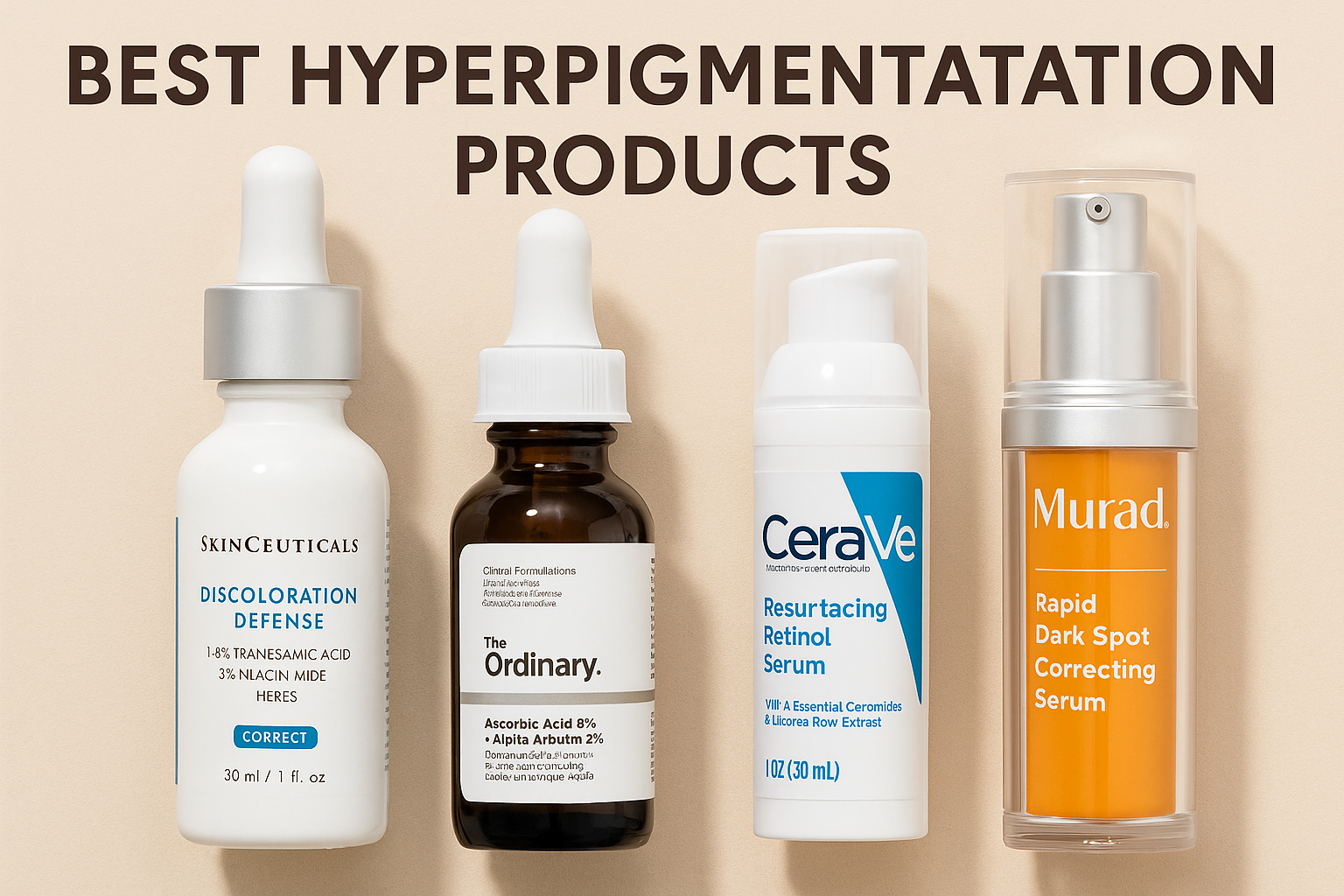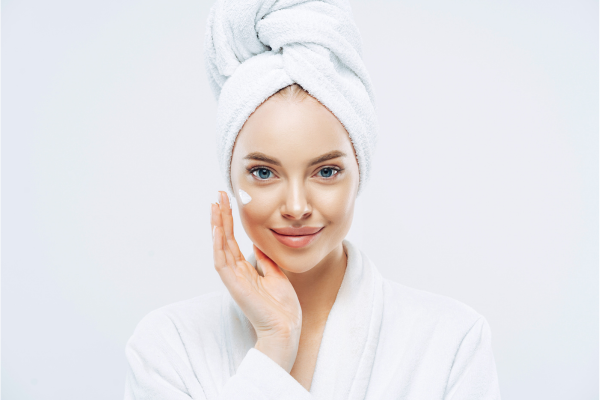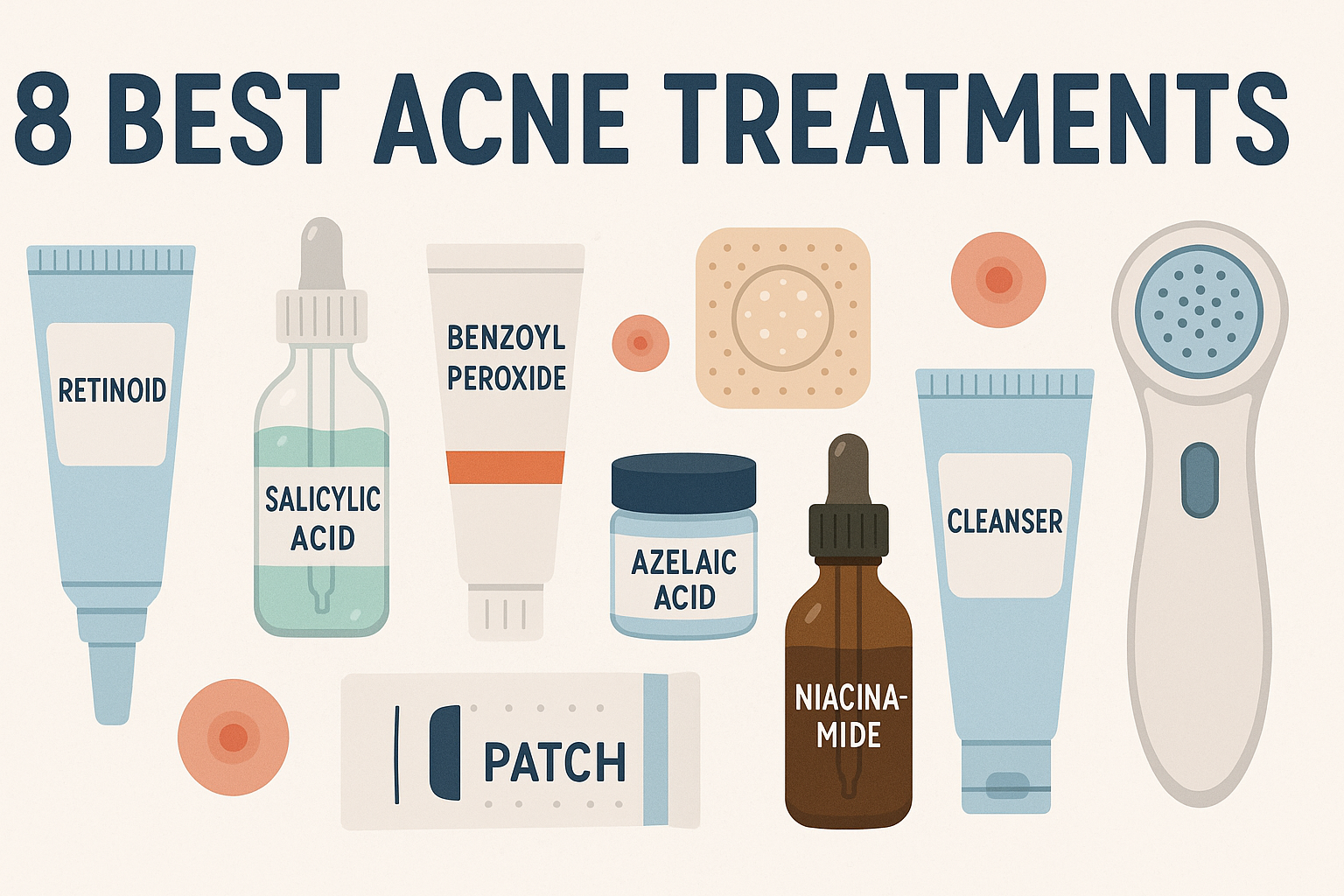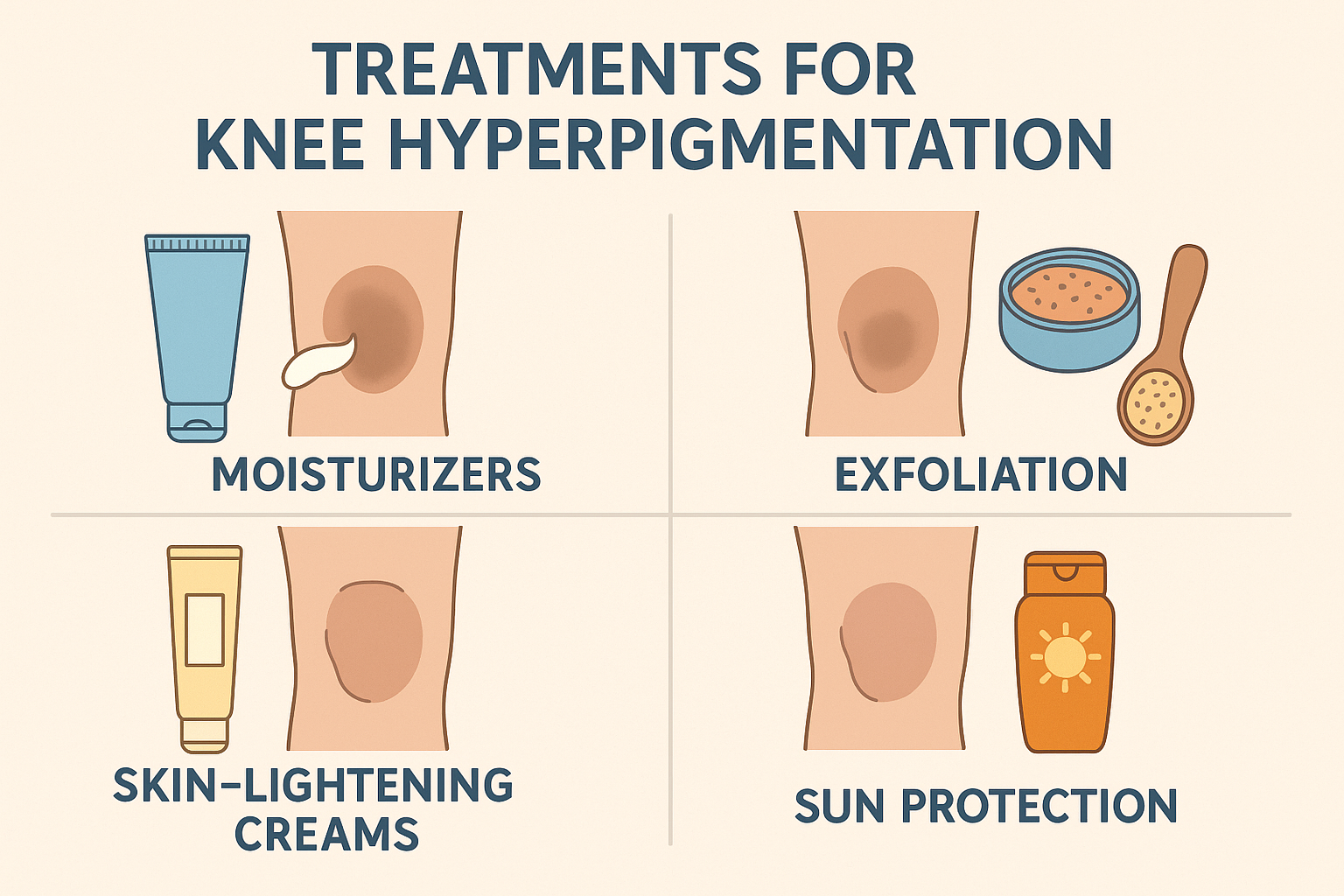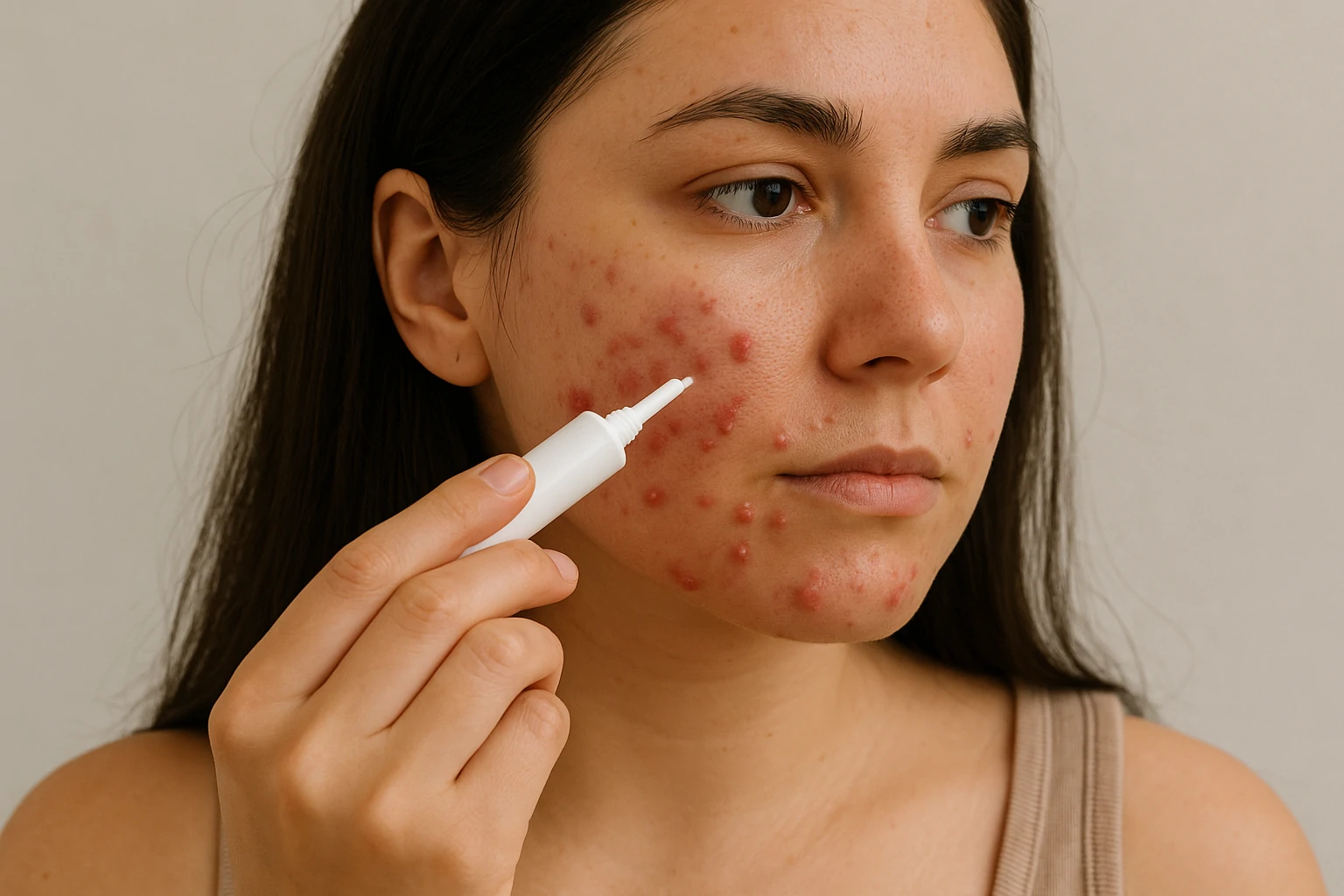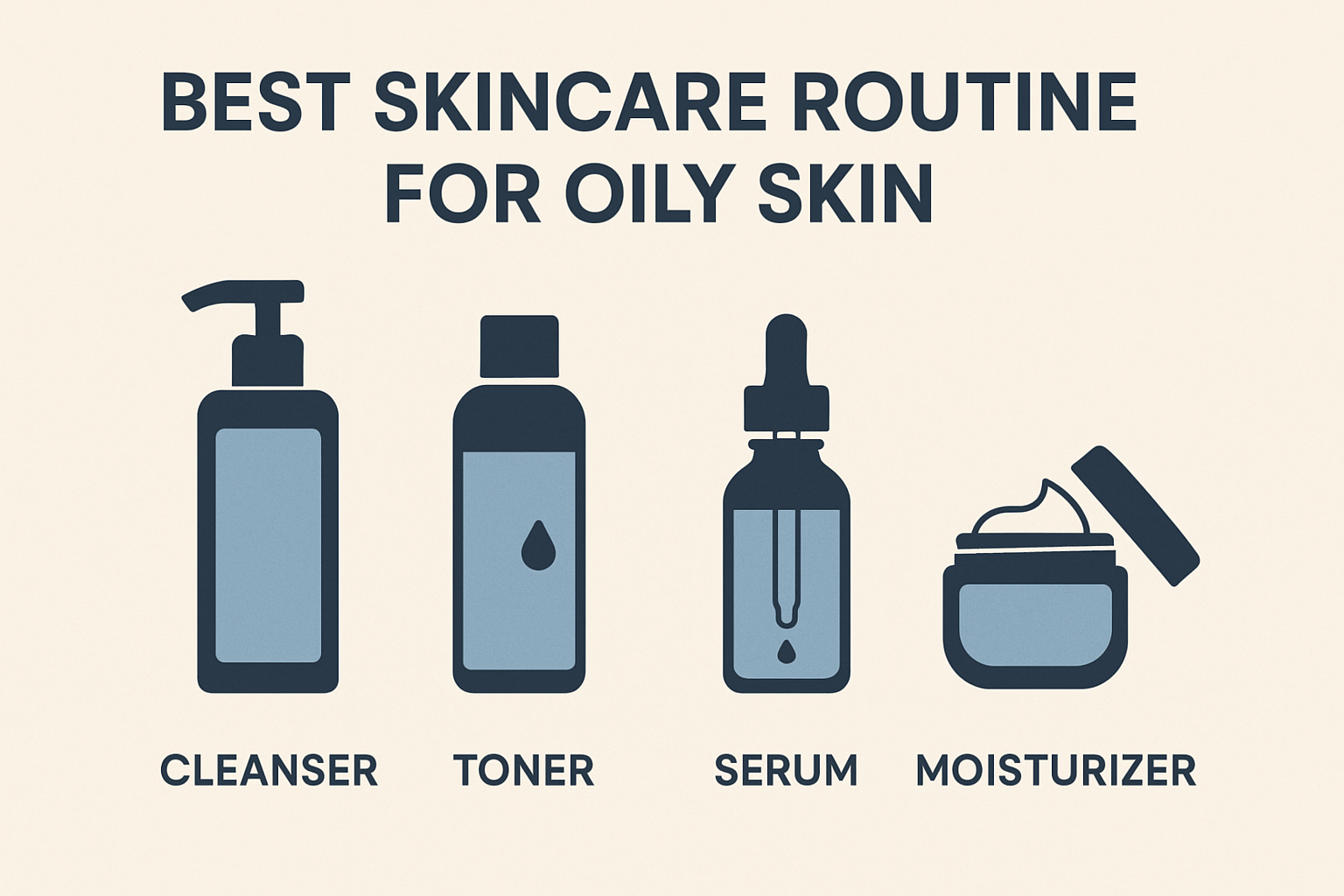Best At-Home Tips to Tighten Face Skin, Say Dermatologists
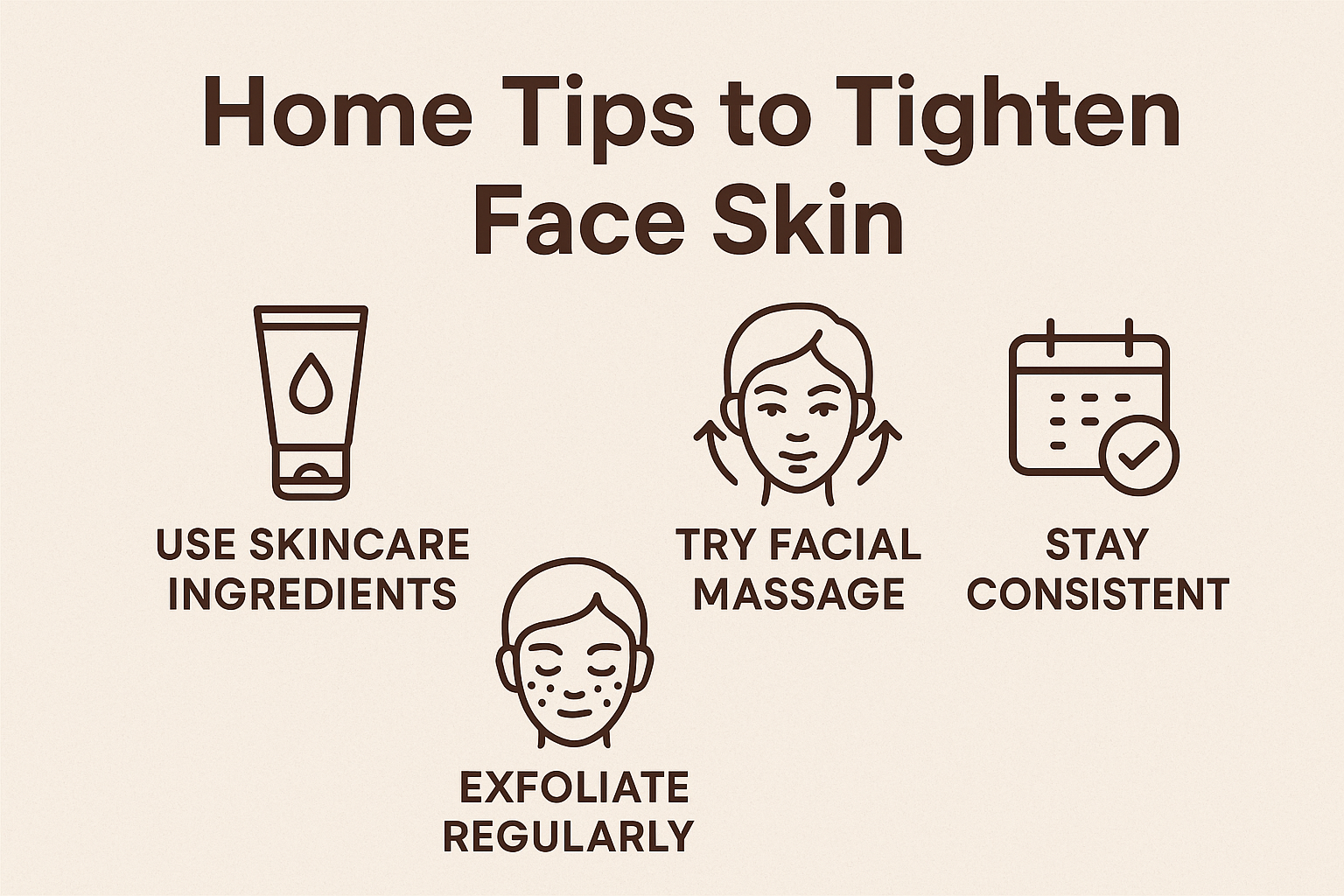
As we age, facial skin naturally loses firmness due to a decline in collagen and elastin production—two essential proteins that keep the skin supple and elastic. If you’re starting to notice sagging or lack of definition, you might be wondering how to tighten face skin effectively at home. According to Dr. Anar Mikailov, the main cause isn’t just aging itself but also UV exposure, which leads to photoaging and accelerates the breakdown of skin structure.[1Byrdie: The Best Ways to Tighten Face Skin at Home, According to Derms]
If you’re looking for ways to tighten your face skin without surgery, at-home treatments can offer an effective and low-risk alternative. Several topical ingredients, such as retinoids, peptides, and antioxidants like vitamins C and E, have been proven to stimulate collagen production and gradually improve skin texture.[2Zoskin Health: How Vitamin C Boosts Collagen Production Additionally], techniques like facial massage and gentle exfoliation can help boost blood circulation and promote skin cell regeneration.
However, achieving noticeable results with these methods requires consistency. It typically takes about three months to see visible improvements. If you’re not fully satisfied with the results, clinical treatments such as microneedling, laser therapy, or radiofrequency may be the next step. These procedures often deliver faster results but usually require multiple sessions.
Microcurrent Devices: The Effectiveness of At-Home Face-Lifting Tools, Backed by Dermatology
Microcurrent devices have become a popular choice in at-home skincare for their ability to stimulate facial muscles using low-level electrical currents. This technology mimics the body’s natural signals to activate muscle cells and support skin regeneration by increasing ATP production—cellular energy that accelerates rejuvenation processes.[3The Ferguson Clinic: Microcurrent Devices vs EmFace.]
While the results are temporary, consistent use can deliver a subtle lifting effect and gradually improve facial contours. Dr. Dhaval Bhanusali recommends daily use during the first two months, followed by two to three sessions per week for maintenance. Devices like the NuFace Trinity are well-known examples, using metal electrodes and conductive gel to optimize results.
However, it’s important to note that these tools are not a replacement for clinical treatments. Their effectiveness is still limited and highly dependent on consistent use. The cost of these devices is also relatively high, so it’s essential to weigh the benefits against the investment. For those who enjoy a “facial workout,” brands like Therabody offer additional features such as LED therapy and facial massage in a single device.
Phototherapy: The Scientific Way to Tighten Face Skin with Light Therapy
Phototherapy, or LED light therapy, is a non-invasive method that’s gaining popularity for its ability to naturally stimulate collagen and elastin production.[4PHOENIX LIPOSuUCTION: What is LED light therapy and what are the benefits?] These two proteins are essential for keeping skin firm, elastic, and wrinkle-free. As we age, their levels decline, leading to sagging skin and reduced elasticity.
Dr. Anar Mikailov explains that red and white LED light can penetrate the dermis layer of the skin and directly target fibroblasts—cells responsible for producing collagen. With consistent use, this therapy can deliver a subtle lifting effect and gradually improve skin texture. One widely recommended device is the MZ Skin Light-Therapy Mask, which features five different light settings to address various skin concerns, from anti-aging to reducing redness.
However, phototherapy isn’t suitable for everyone. If you have a history of melasma or hyperpigmentation, certain types of light may actually trigger unwanted reactions. That’s why it’s important to consult a dermatologist before incorporating this treatment into your at-home routine.
Collagen-Producing Skincare: An Effective Way to Naturally Stimulate Collagen Production
Skincare that stimulates collagen production is key to slowing down visible signs of skin aging. Collagen is the primary protein responsible for keeping the skin firm and elastic, but its natural production declines with age. As a result, the skin may begin to sag, appear dull, and develop fine lines.
While many skincare products claim to contain collagen, the truth is that collagen molecules are generally too large to penetrate the skin. A more effective approach is to use active ingredients that trigger the skin’s own collagen production from within. Vitamin C and ferulic acid are two powerful antioxidants that have been clinically shown to boost fibroblast activity and repair damage caused by free radicals.
Products like the SkinCeuticals C E Ferulic Serum are highly recommended for this purpose. Its formula combines 15% vitamin C, vitamin E, and ferulic acid to support cell regeneration, brighten skin tone, and improve texture. For enhanced results, this type of serum can be paired with tools such as microcurrent devices or LED light therapy.
Retinol: A Go-To Active Ingredient for Firming and Rejuvenating the Skin
Retinol is one of the most recommended active ingredients in the world of anti-aging skincare, thanks to its ability to speed up skin cell turnover and boost collagen production. With consistent use, retinol can help reduce fine lines, improve skin texture, and promote a firmer, brighter appearance.
According to Dr. Anar Mikailov, prescription-strength retinoids like tretinoin are more potent but also carry a higher risk of irritation, especially for beginners. Over-the-counter (OTC) retinol is a gentler option that’s more suitable for sensitive skin and can be used nightly after an adjustment period.
A great example of an effective OTC formula is the Skintensive Night Cream, which combines retinol with bakuchiol—a natural, gentler alternative that still supports collagen synthesis. The addition of anti-inflammatory ingredients like arnica and sea buckthorn berry makes it ideal for regular use without excessive irritation.
Retinol should always be applied at night, followed by sunscreen in the morning for added protection. To avoid redness or peeling, do not pair retinol with strong exfoliating ingredients during the early stages of use.
About the Author
M. Hariri is a business and beauty content writer with over five years of experience. He focuses on research-based skincare education and frequently collaborates with dermatologists. His work can be found in various national and international beauty publications.
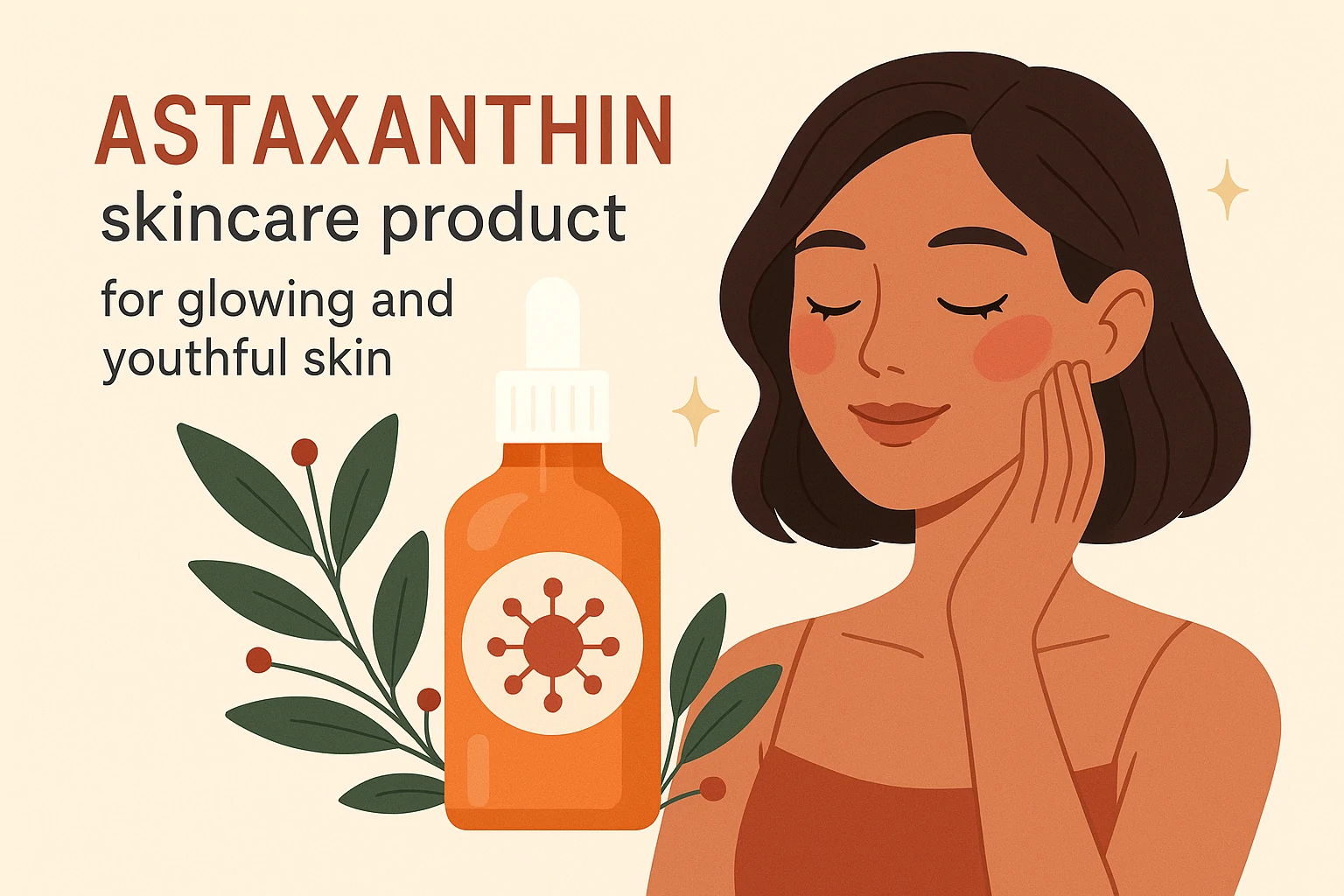

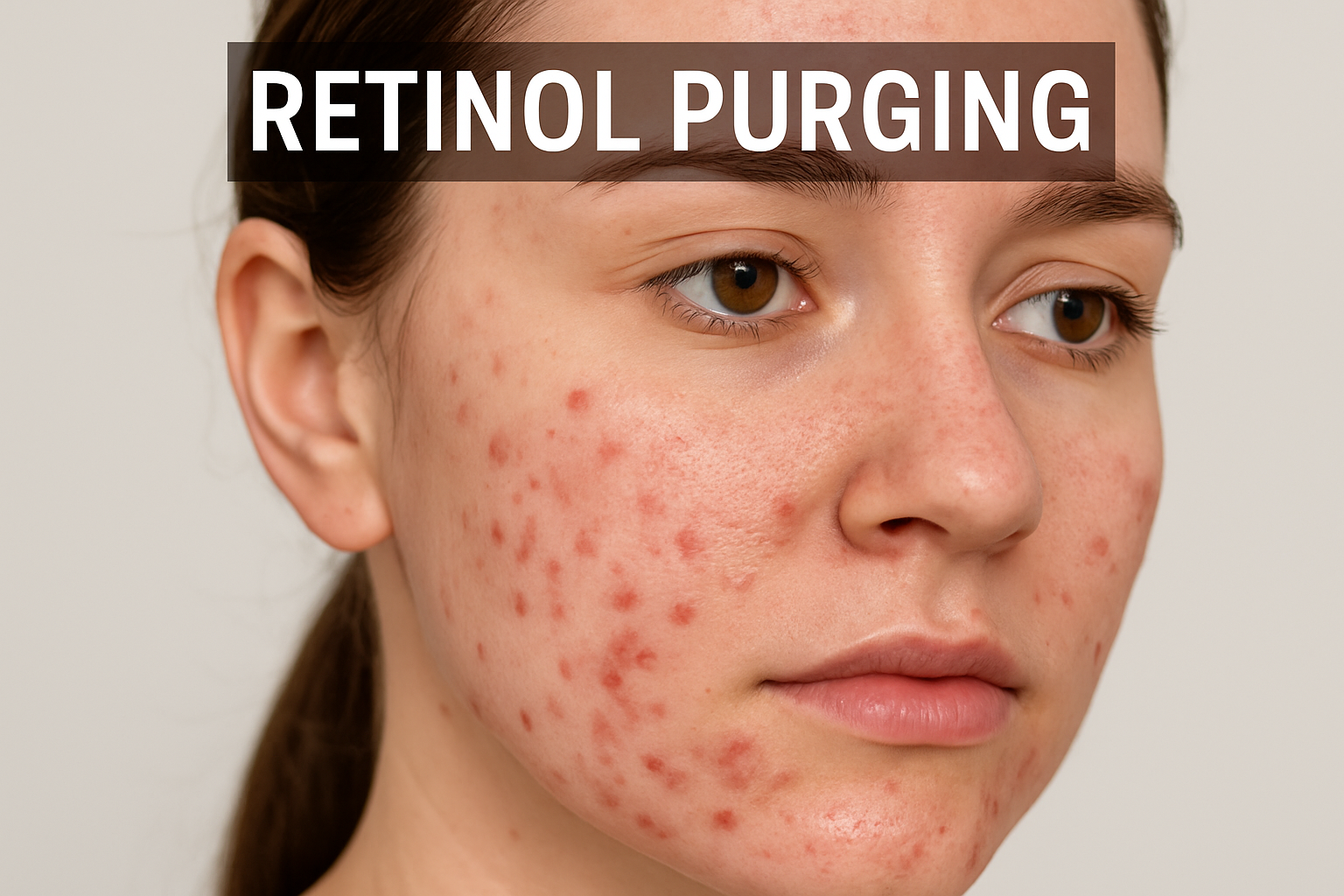
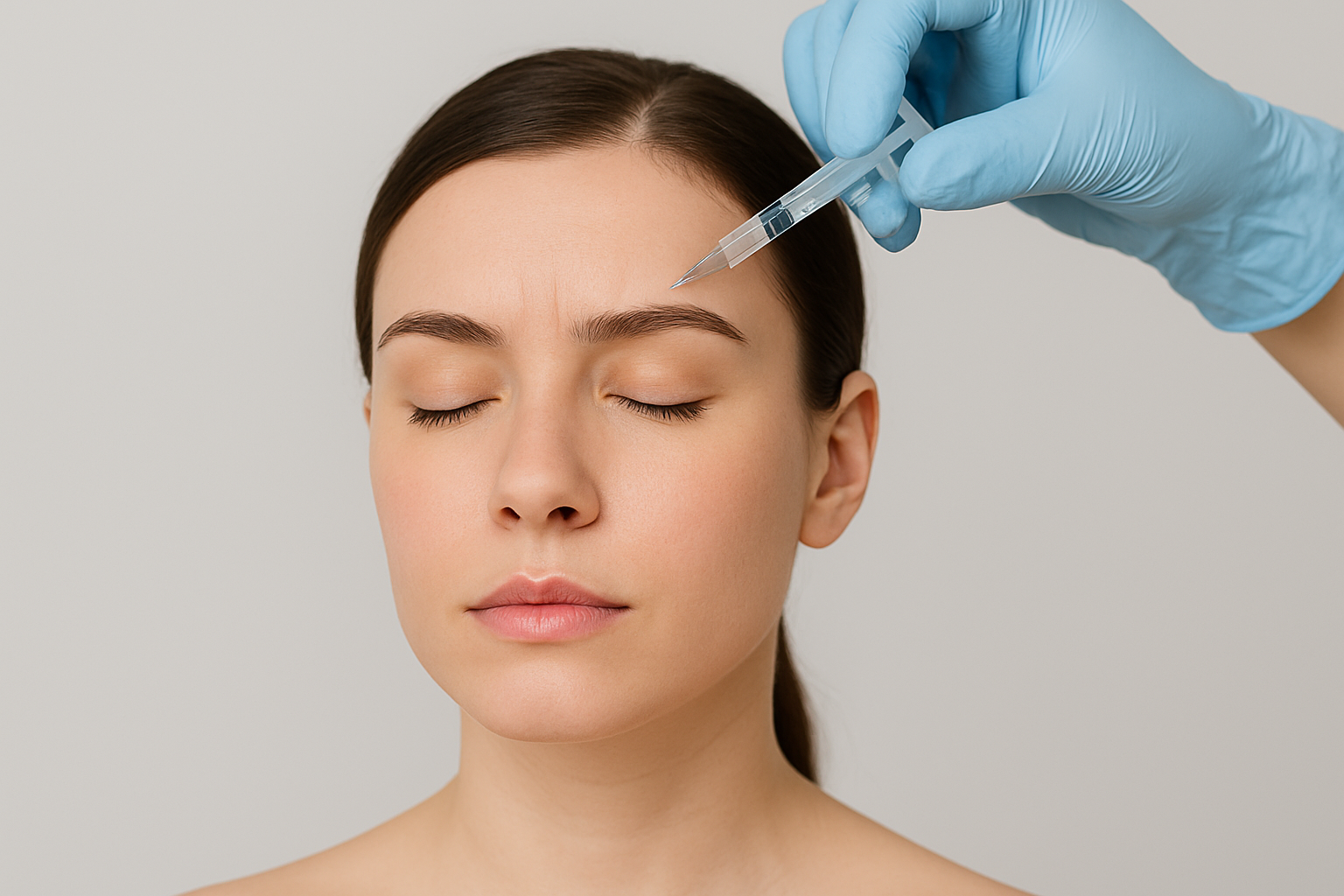
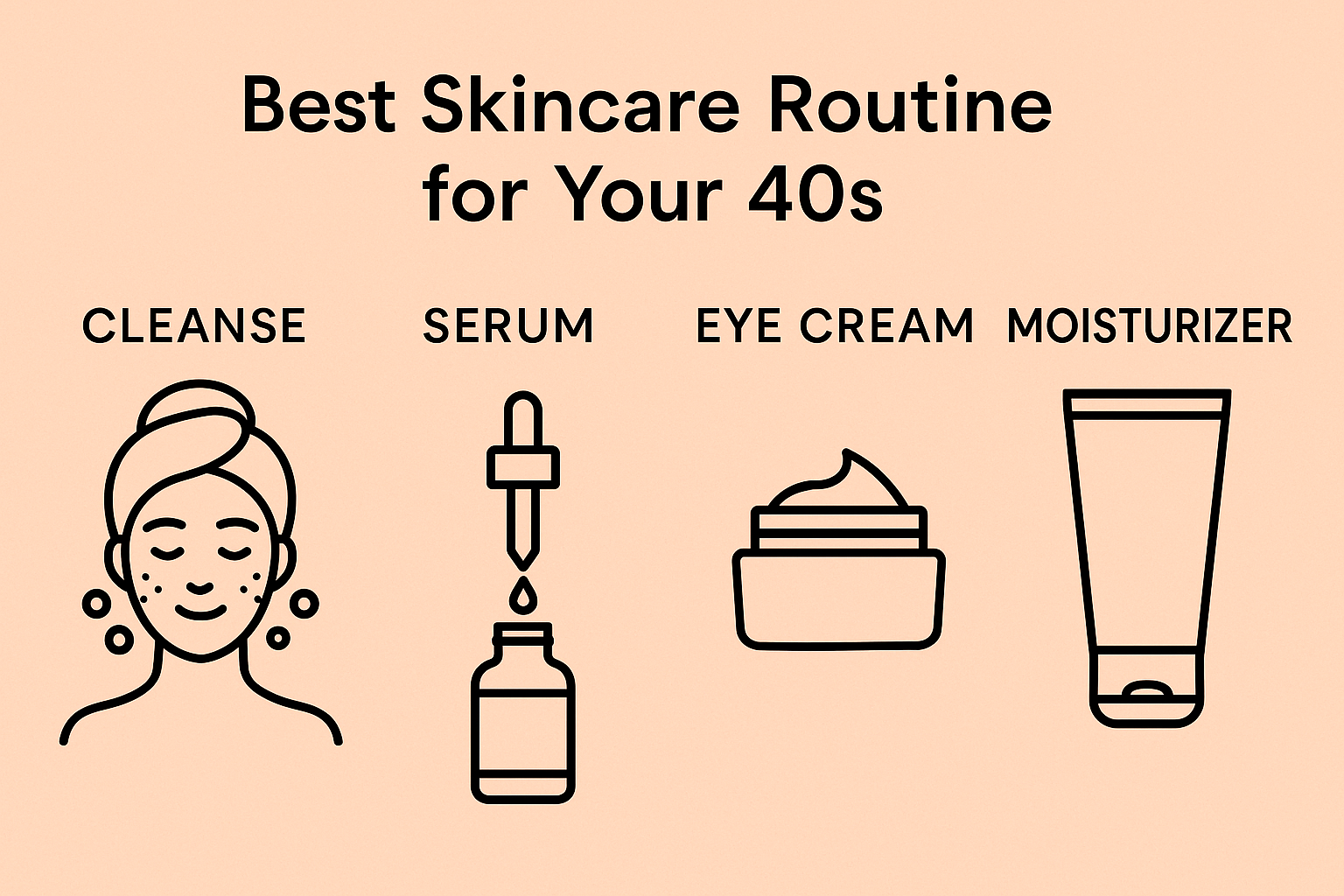

 Acne
Acne Anti-Aging
Anti-Aging Business
Business Digital Marketing
Digital Marketing Economics
Economics Movies
Movies Personal Finance
Personal Finance Websites
Websites
